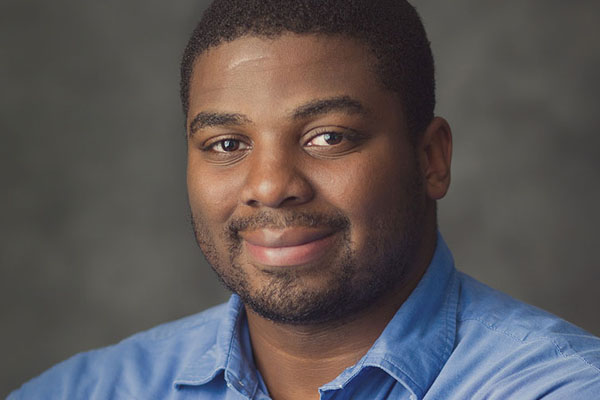

What better way to imagine survivability than to think about how we may flourish into being joyously animated rather than merely alive?”Īnd nowhere was this message as clear as in my favorite of the stories called, “History of the New World” by Adam Garnet Jones, a Cree, Métis, and Danish Two-Spirit screenwriter, director, beadworker, and novelist. For, as we know, we have already survived the apocalypse- this, right here, right now, is the dystopian present. This, in my opinion, was an important political shift in thinking about the temporalities of Two-Spirited, queer, trans, and non-binary Indigenous ways of being.

“Originally, the project was designed to be geared toward the dystopic, and after careful conversations, we decide to queer it toward the utopian.

But for Indigenous peoples, in Turtle Island (North America) and elsewhere, the apocalypse has already happened and it continues to happen every day. You see, the word “apocalypse” to me and other colonizers is a future occurrence it hasn’t happened yet. But I learned from not only Whitehead’s introduction but from each of the writers and their stories, that this version of the apocalypse is very white. The question explored in each story is, as Joshua Whitehead tells us in his introduction, “What does it mean to be Two-Spirit during the apocalypse?”Īs a white reader, the word “apocalypse” conjures images pulled from popular media: meteors crashing to earth, war, explosions, death, violence, famine, drought, every-man-for-himself, cataclysm, the end of all things. Love After the End is a collection of nine short speculative fiction stories written by Indigenous, queer, and Two-Spirit writers and storytellers. And I hear my Two-Spirit persona Jonny Appleseed reverberating in my thorax, itching to sing: ‘We are our own best medicine.’” “So, here, in the opening pages of this anthology, I, too, put medicine down for you so that you may see the braids of Two-Spiritness glowing in the glaze of ink and paper.


 0 kommentar(er)
0 kommentar(er)
